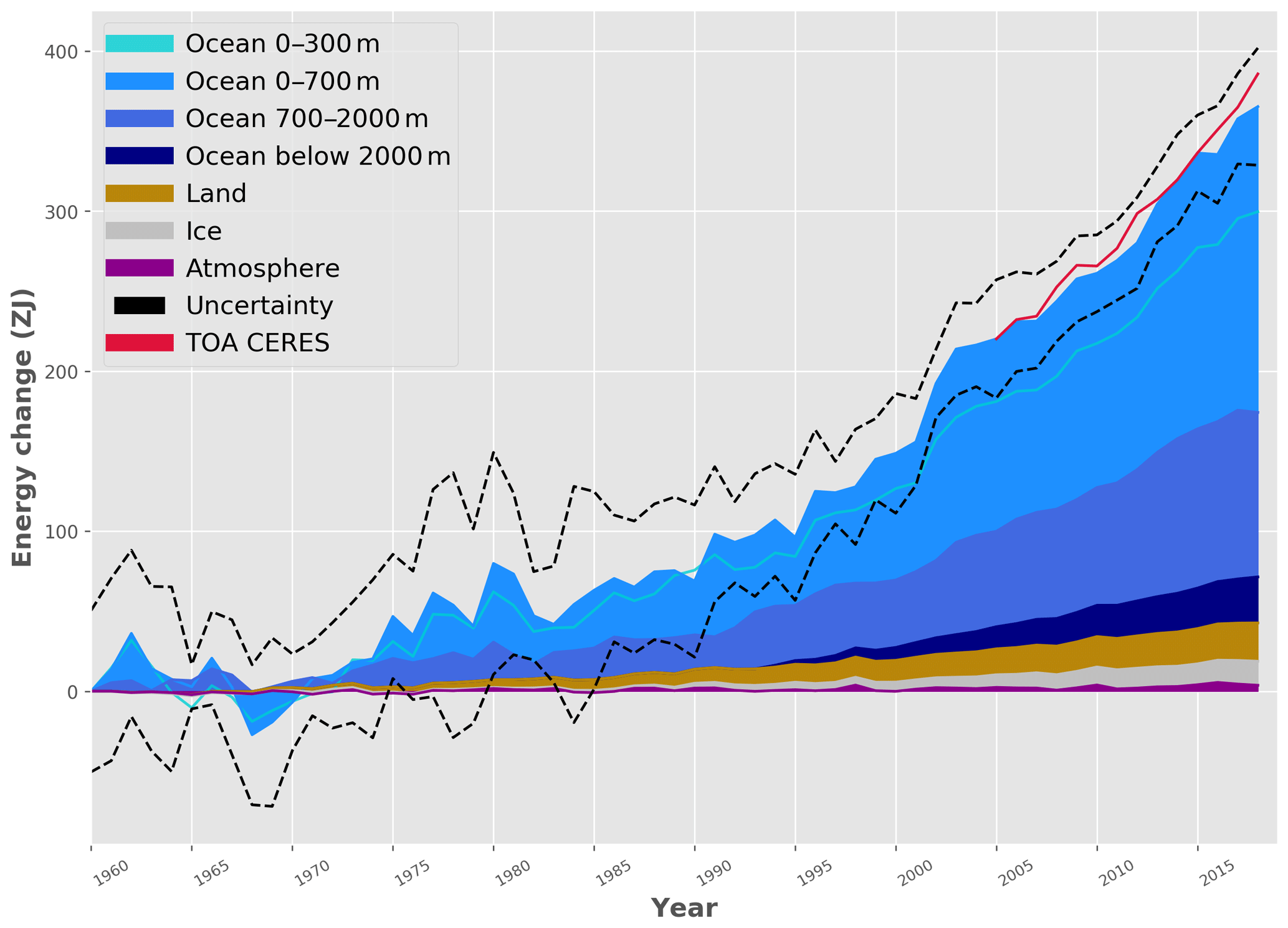This article from 2016 attributes Al Gore's claim (with a figure of 400,000 Hiroshima bombs per day which Gore was citing at the time) to a 2012 TED talk by James Hansen, a climate researcher who was at the time the director of the NASA Goddard Institute for Space Studies in New York City.
Here is a relevant quote from Hansen's talk:
The total energy imbalance now is about six-tenths of a watt per square meter. That may not sound like much, but when added up over the whole world, it's enormous. It's about 20 times greater than the rate of energy use by all of humanity. It's equivalent to exploding 400,000 Hiroshima atomic bombs per day 365 days per year. That's how much extra energy Earth is gaining each day.
The figure of six-tenths of a watt per square meter comes from the journal article "Earth’s energy imbalance and implications", by Hansen, Sato, Kharecha and von Schuckmann, which appeared in the peer-reviewed journal Atmospheric Chemistry and Physics in December 2011. The article gives an estimated figure of 0.58 (with an error margin of 0.15) watts per square meter for the Earth's overall energy imbalance during the period 2005-2010. This is taken from the abstract on the first page. In the body of the paper there is a more in-depth discussion.
I haven't converted the 0.58 watts per square meter figure into a "Hiroshima bomb" unit of energy, but that should be easy to do (and since Hansen cites that figure based on his own paper I expect his calculation would check out). Maybe someone else can supply that detail.
If the figure was 400,000 bombs in 2016 and is now being cited as 600,000 bombs, maybe there are updated estimated that have come out in the interim period and Al Gore is referring to. I don't know the source for those updated figures.
Bottom line: Gore's claim is based on peer-reviewed research. That doesn't guarantee the results he is relying on are correct, but they have at least been subjected to scrutiny by scientists applying the standards of scientific research for truthfulness and accuracy.
P.S. The 2011 paper by Hansen and his colleagues has 645 citations on Google Scholar, so seems to have been pretty influential and to have attracted even more attention and scrutiny than a typical peer-reviewed article. If the methodology of the research were flawed that would likely be pointed out by some of the later articles citing the original study, which might also provide more accurate estimates.

